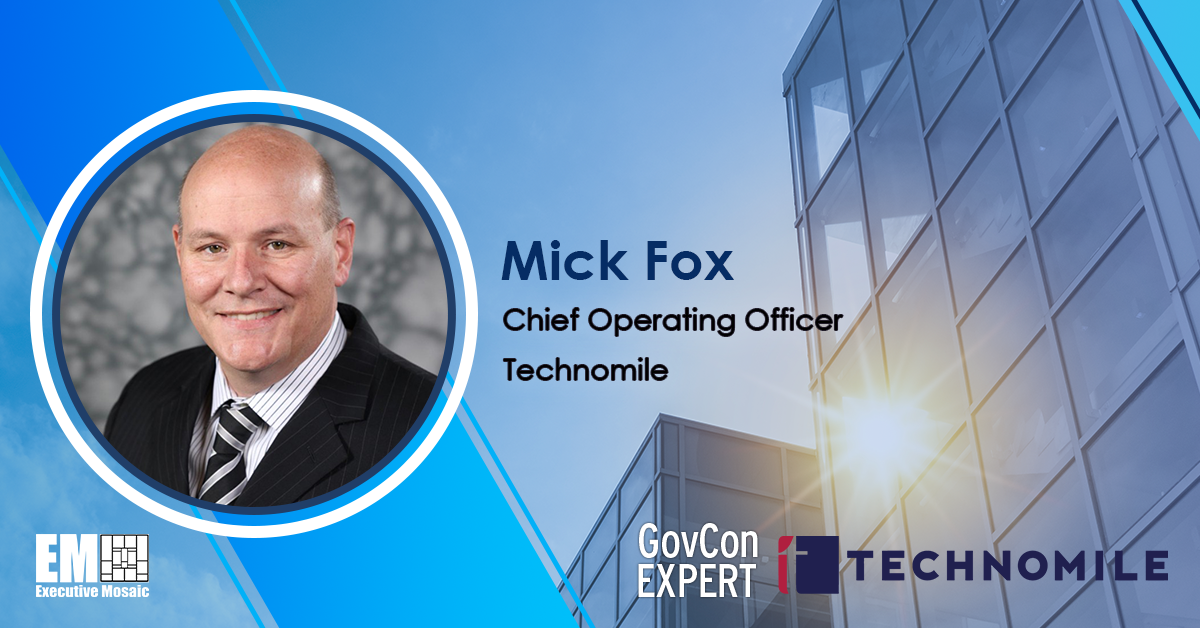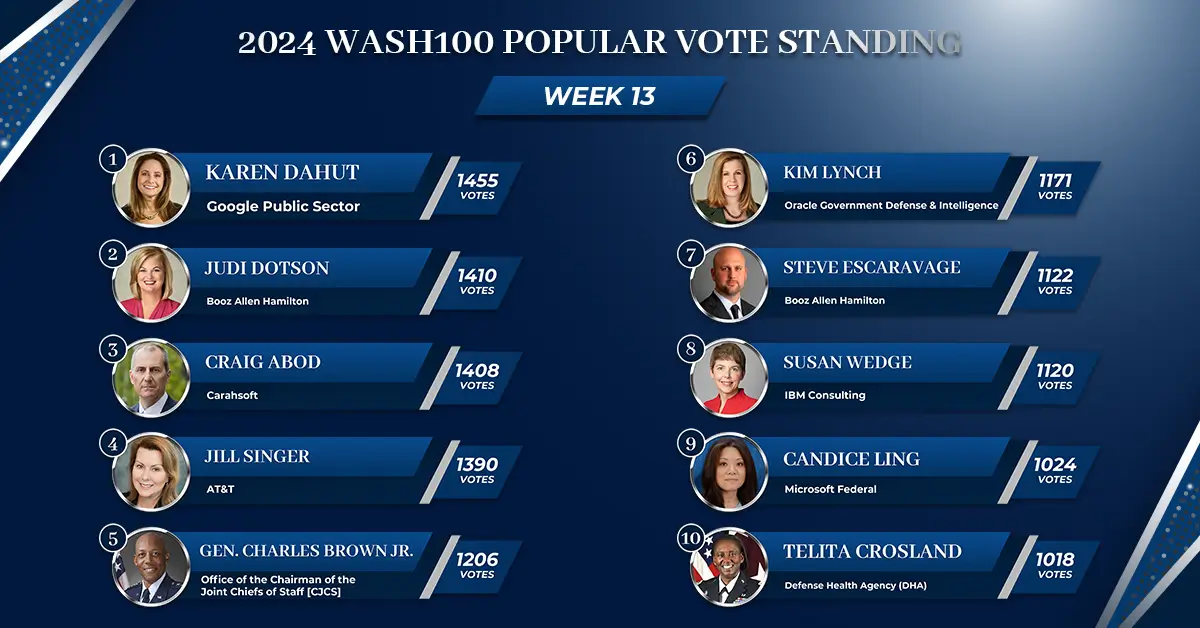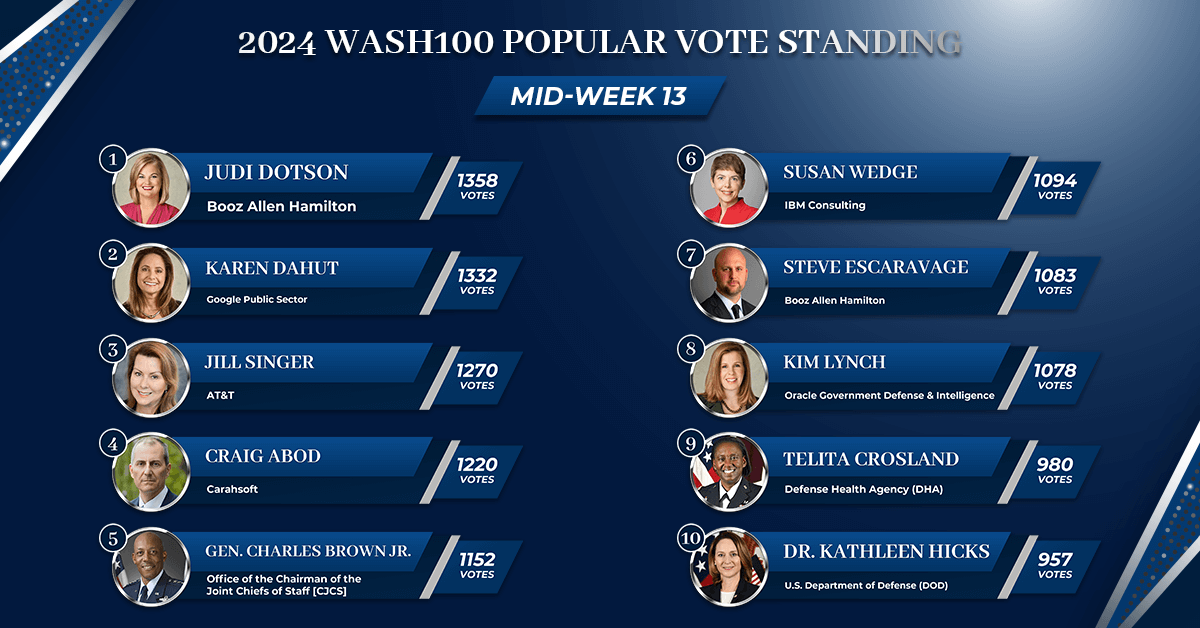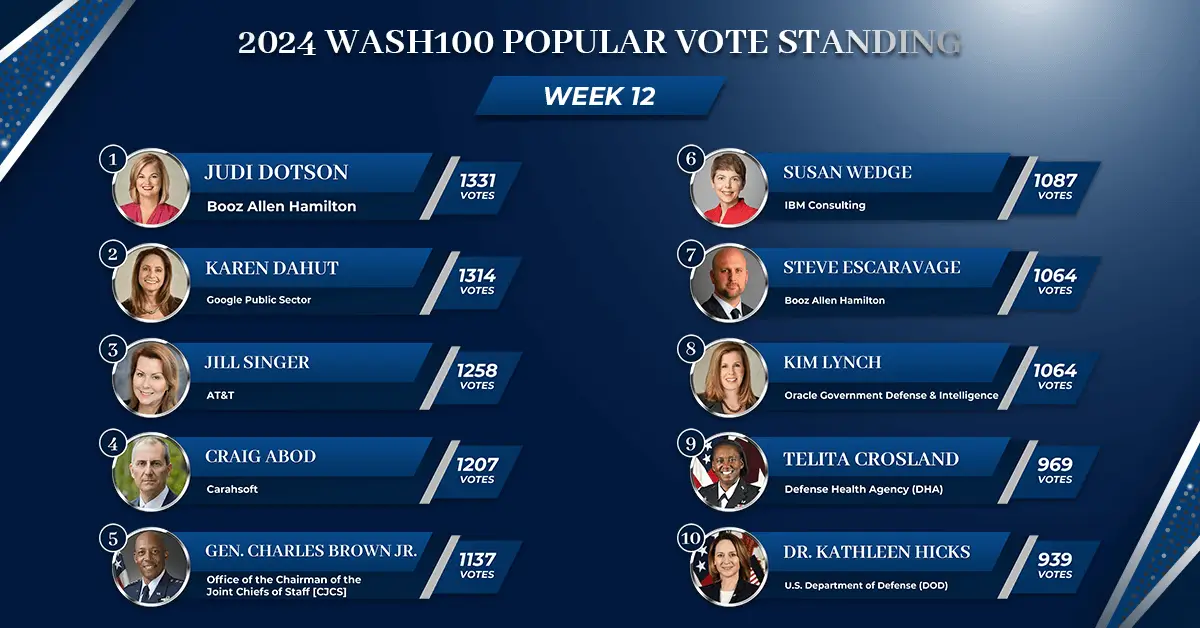Mick Fox, chief operating officer of Technomile, has provided his latest feature as a member of Executive Mosaic’s GovCon Expert program on Tuesday.
In his concluding article on the Federal Contract Management Maturity Model, GovCon Expert Mick Fox provided his insights into how organizations are evolving to the Future-Enabling level of maturity.
You can read Mick Fox’s next GovCon Expert article below:
Evolving Your Contracts Organization to Create & Protect Value
By Mick Fox
Over the course of my career, I’ve been fortunate to work in three very different, yet synergistic, environments. First, being a part of the U.S. Air Force. Next, supporting federal missions while driving business growth by directing acquisitions, BD, and capture efforts at organizations like PAE, McNeil Technologies, AECOM (now Amentum), and Lockheed.
And now today, helping lead a tech provider that delivers an end-to-end cloud platform for managing the government contracting lifecycle to many of the world’s largest Aerospace & Defense organizations as well as vibrant up-and-coming small business GovCon companies.
The common threads I’ve observed? The critical importance of effectively integrating people, process and technology to pursue your mission and that the most successful organizations maintain a commitment to continuously adapting and evolving across all three of these areas.
For Contracts organizations, success is often judged by your team’s ability to both create and protect value. In my article series on the Federal Contract Management Maturity Model, we’ve been exploring how companies can mature their contract management program.
That is, the processes, technologies, and strategies being employed to manage their organization’s portfolio of government contracts – to deliver increasing value to the business both pre and post-award.
Organizations move through the maturity model’s continuum – beginning at the Ad Hoc stage, progressing to Foundational, then Advanced, and finally to the Future-Enabling level – as they become more and more mature in their implementation and management of their federal contract management program.
Throughout my series on this topic, we’ve taken a deeper dive into each of the various stages of maturity. In this concluding article, we’ll explore how organizations are evolving to the Future-Enabling level of maturity and then I’ll tie things up with three fundamental takeaways to consider as you contemplate the current state of your own organization’s federal contract management program.
Activating Your Contracts Data
While the earlier stages of maturity that we’ve discussed have had a keen focus on centralizing and connecting data – i.e., implementing a CLM (contract lifecycle management) solution to house all federal contracts and related buy-side agreements and then integrating it with back-office systems for a one-stop view of your contracts.
The Future-Enabling stage of maturity focuses on fully activating your contracts data. The objective? To bring this wealth of historical contracts information to bear to guide your organization’s strategic decision-making, both pre and post-award, and to inform continuous improvement.
Just consider the breadth and depth of data that can be amassed in a CLM solution (particularly one that’s designed specifically for government contracting). You have details regarding contract execution, performance ratings and evaluations, risks, profitability, fulfillment, delivery, subcontractors, negotiation cycles for partner and subcontract agreements, and more.
To complement this, there’s also the contract data available in public databases, such as USA Spending and FPDS, which can be leveraged to benchmark performance against competitors and the overall market(s) in which your company operates.
Future-Enabling Contract Management
At the Future-Enabling level of maturity, taking all of this internal and public data and applying technology – such as natural language processing (NLP), machine learning, and artificial intelligence – enables organizations to leverage large-scale analytics to predict performance, improve risk management, make better decisions regarding pursuits, partners, and subcontractors, and even facilitate self-serve data calls.
Consider the benefits of these examples:
- Automated risk identification based on the past performance of similar contracts, of a specific subcontractor, etc., enabling more proactive risk mitigation.
- BD/capture strategies and go/no go decisions on new opportunities guided by past performance and business outcomes of like contracts, driving superior profitability and growth.
- Redline activity for similar past negotiations used to inform B2G and B2B contract negotiations, streamlining review cycles and guiding improvements to agreement terms.
- Automated consistency checks against federal procurement data enable an organization to identify potential inconsistencies within their own contracts portfolio, improving audit-readiness.
- NLP-enabled chatbots automate responses to common queries/data calls from internal stakeholders, saving contracts professionals time.
As evidenced here, when activated at scale, contracts data can be one of a federal contractor’s most important assets in the quest to create and protect value for the business, and a powerful means of driving towards superior profitability and sustained growth.
Bringing it Back to the Basics
Now, having spent a moment asking you to peer forward with me into an advanced, future-oriented state of federal contract management, I want to circle back to some basics. Why?
Because, as I’ve discussed in my previous articles, the vast majority of contracts departments in our industry currently fall into the earliest stages of maturity. In light of that, to close out my series, I want to leave you with three fundamental takeaways:
Your contracts data is a vital asset and you need a CLM to unlock its value.
“Data is the new oil” is a phrase commonly heard today among top-level government and industry executives, referring to data’s immense value and its ability to provide critical insights to your organization.
But there are core prerequisites to unlocking data’s value – it must first be centralized, standardized, cleaned, and curated. That’s a state that’s simply not possible to achieve when manually tracking federal contracts in spreadsheets.
Implementing defined, timed, and repeatable contract management processes that are underpinned and enforced by CLM technology is the key to unlocking the value of your contracts data.
A CLM provides a centralized contracts data repository and, perhaps more importantly, its systematic validations and workflow automation strengthen the integrity and quality of your data by ensuring that critical contract details are accurately and consistently captured throughout the lifecycle of a contract.
You’re in the business of growth and your CLM should be, too.
There’s a reason why many federal contractors have adopted the executive title of “Chief Growth Officer” – you’re in the business of growth. And with a growth focus comes the need to be agile and readily able to scale your people, processes, and technology.
So, when evaluating CLM solutions, consider agility and scalability. Yes, you need a solution that suits your current business size and level of contract management maturity, but keep an eye on the future as well.
Ask, does the vendor’s solution offer the flexibility to start with basic CLM capabilities and add more advanced features when ready? Do they offer a “quick start” implementation that can get you up and running fast with foundational CLM capabilities?
Do they work with companies comparable to your current size… and with companies that are the size that you aspire to be (ask for references)? Do they have a customer success team to offer solution guidance as your business grows and your CLM needs mature? These are all scalability checkpoints to consider.
You’re experts at federal contracting and you should expect the same of your CLM provider.
I’ve said it before and I’ll say it again: few industries are as regulated as the US government contracting world and this is reflected in the complexities of managing federal contracts.
This complexity is why things like boots-on-the-ground experience managing federal contracts, specialized training, understanding of the FAR, and relationships with people in the government’s contracting organizations all matter when you’re hiring – you’re looking to add government contracting expertise to your team.
I submit that you should look for similar specialization and expertise when it comes to your CLM vendor.
While there are many CLM solutions on the market, the vast majority are commercially-oriented, meaning designed around B2B, not B2G, transaction needs. Even among B2G CLM providers, some primarily focus their R&D on contracting solutions for government agencies, rather than for industry.
So, seek out CLM solutions built specifically for government contractors to include in your evaluation process.
“Out-of-the-box,” they provide the functionality to maintain compliance with the multitude of strict rules and regulations, as well as recordkeeping and data call requirements imposed by the federal government. The result? You get federal contracting specialization baked right into your CLM and a solution that “speaks the same language” as your team of government contracts professionals.
Evolving to Create & Protect Value
While each Contracts department (and the business it serves) is unique, the imperative to effectively integrate people, processes and technology is not.
Regardless of your company’s current size, using tools, like the maturity model that I’ve presented in this article series, can help you benchmark where your federal contract management program stands today, develop a roadmap to evolve it forward and boost your department’s ability to create and protect value for your business.






